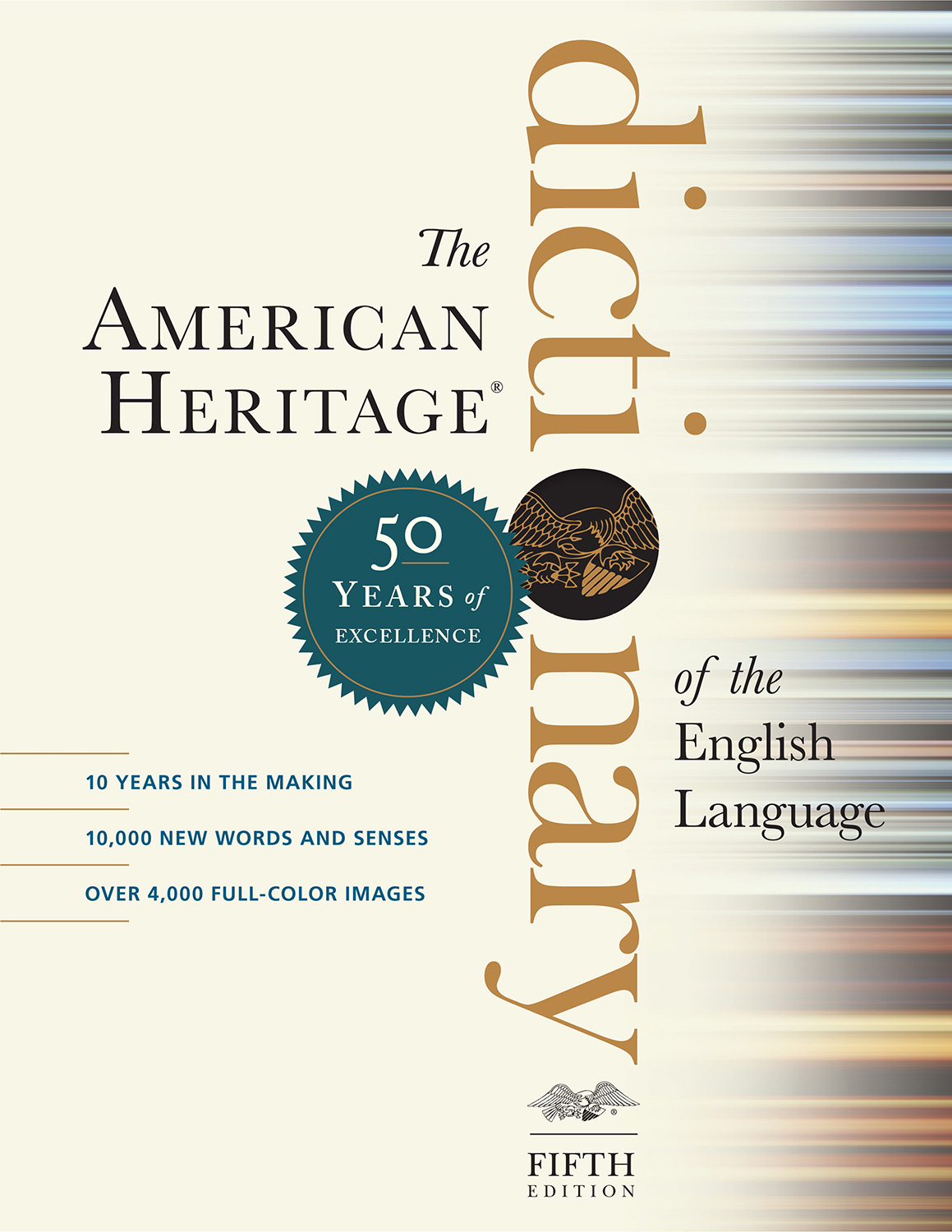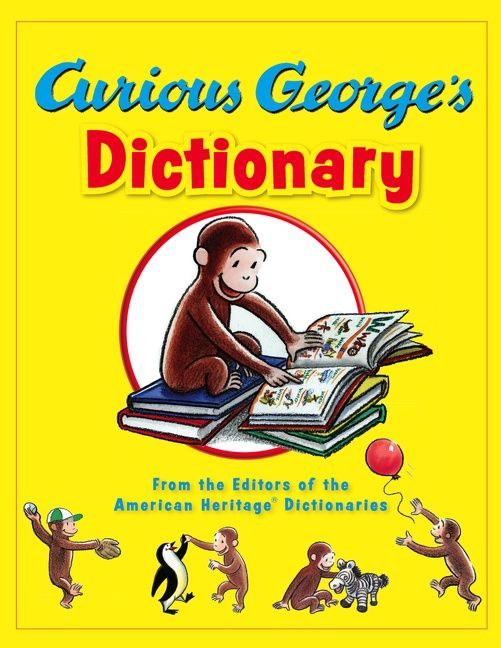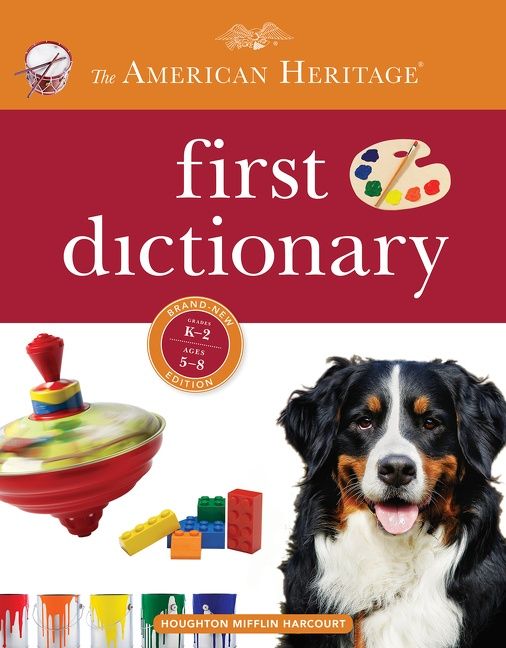rune 1  (r n)
Share:
n. 1. a. Any of the characters in several alphabets used by ancient Germanic peoples from the 3rd to the 13th century. b. A similar character in another alphabet, sometimes believed to have magic powers. 2. A poem or incantation of mysterious significance, especially a magic charm.
[Modern revival (partly via New Latin runa and Danish rune) of Old Norse and Old English rūn, from Proto-Germanic *rūnō; akin to Proto-Celtic *rūnā, secret, magic (compare Old Irish rún, secret, and Welsh rhin, magic charm) and perhaps further akin to Old English rēonien, to murmur, conspire, and Latin rūmor, rumor.]
Word History: Among early peoples writing was a serious thing, full of magical power. In its only reference to writing, the Iliad calls it “baneful signs.” The Germanic peoples used a runic alphabet as their form of writing, using it to identify combs or helmets, make calendars, encode secret messages, and mark funeral monuments. Runes were also employed in casting spells, as to gain a kiss from a sweetheart or to make an enemy's gut burst. In casting a spell the writing of the runes was accompanied by a mumbled or chanted prayer or curse, also called a rune, to make the magic work. These two meanings also appear in Old English rūn, the ancestor of our word. The direct descendants of Old English rūn are the archaic verb round, “whisper, talk in secret,” and the obsolete noun roun, “whispering, secret talk.” The use of the word to refer to inscribed runic characters was revived by Danish writers who adopted it from Old Norse toward the end of the 1600s and used it in discussions of Germanic antiquities.  (click for a larger image) rune1detail of inscribed runes on a stone near Källby, Sweden |








